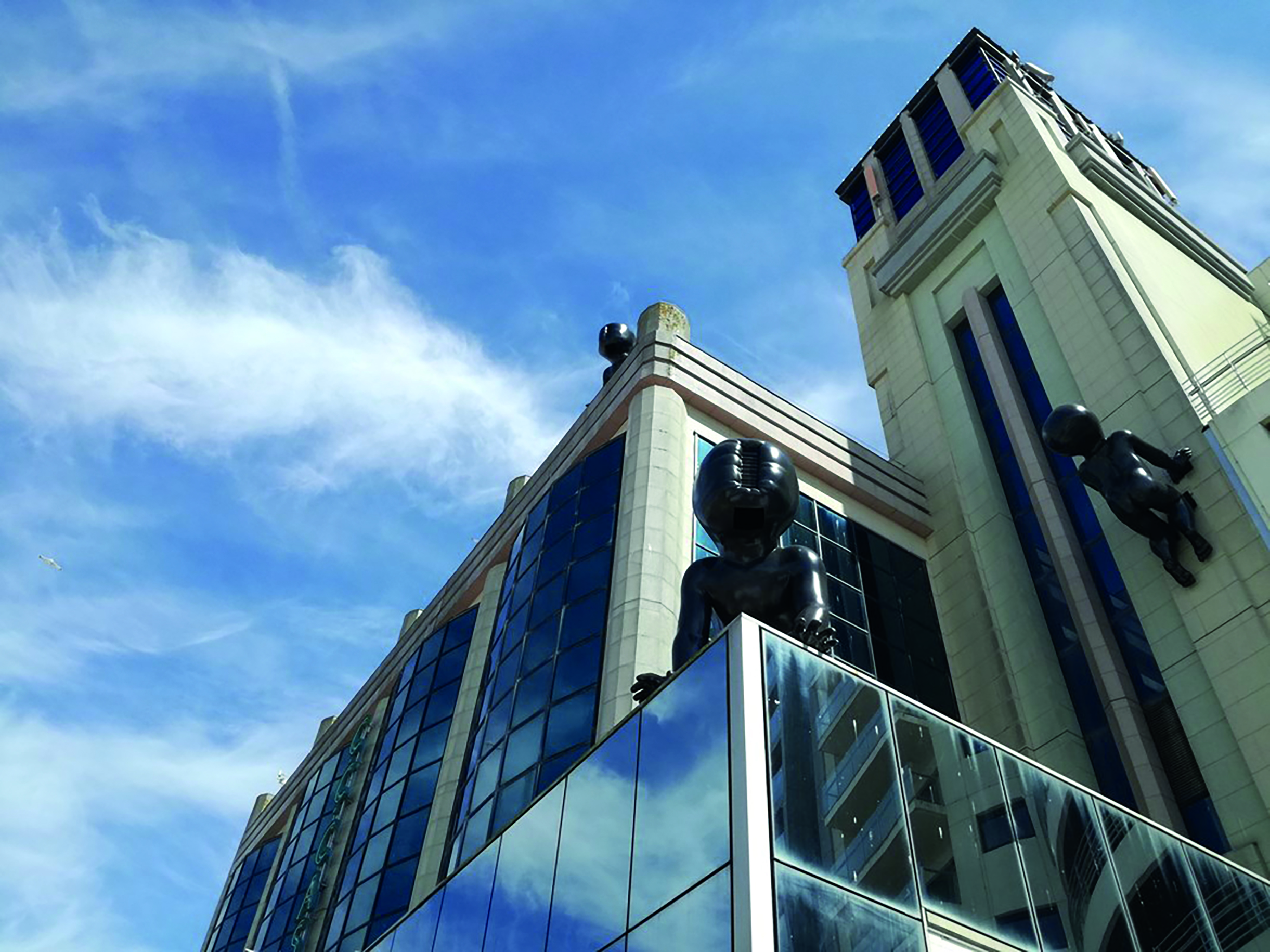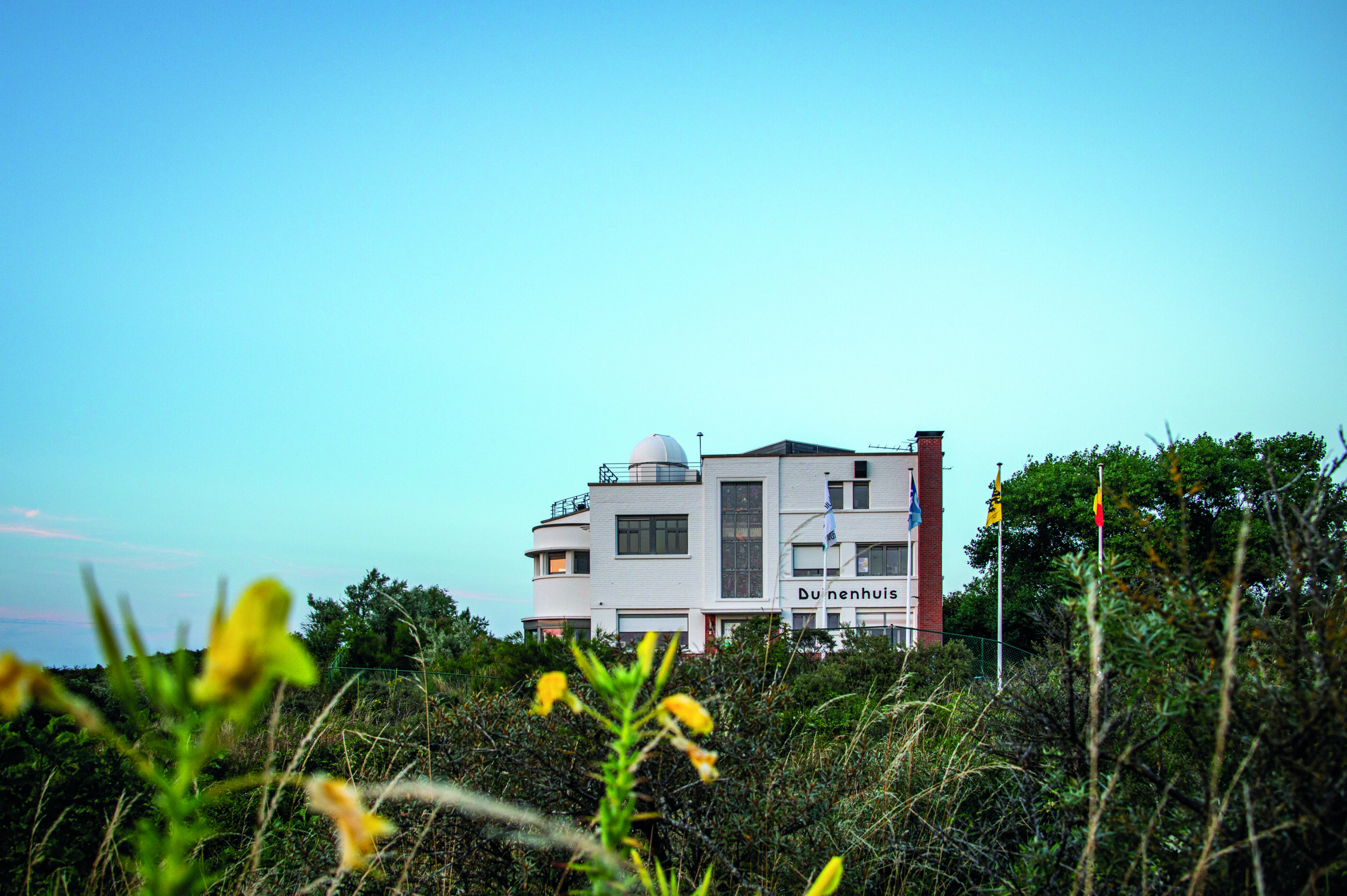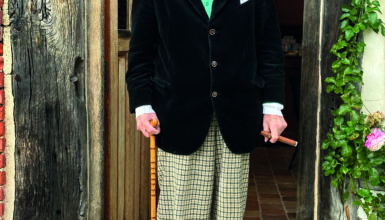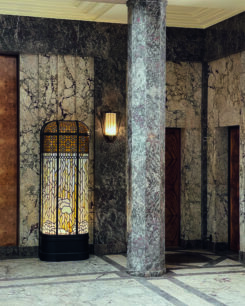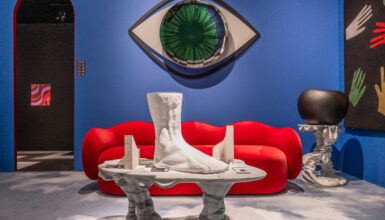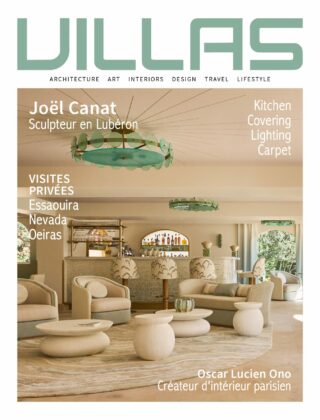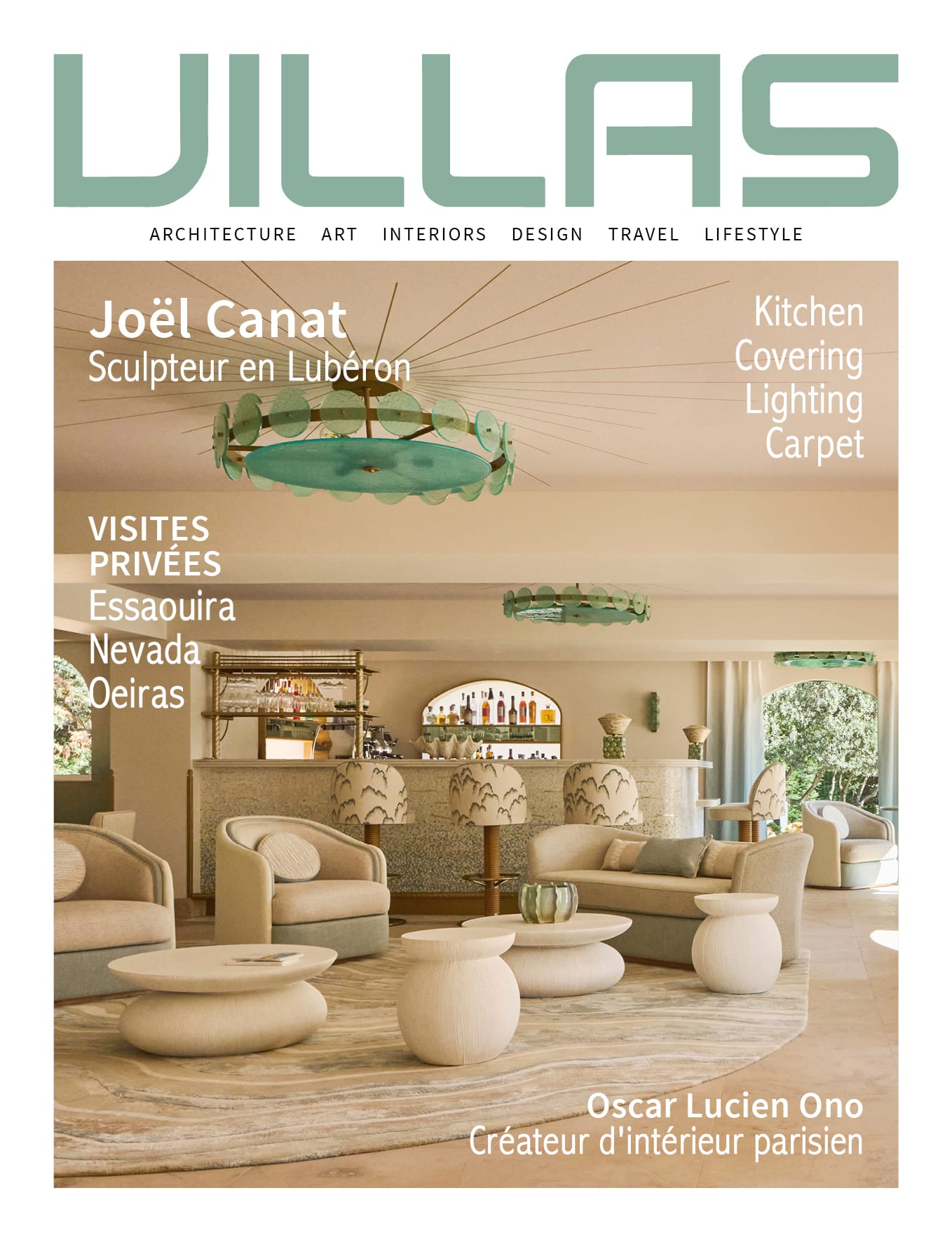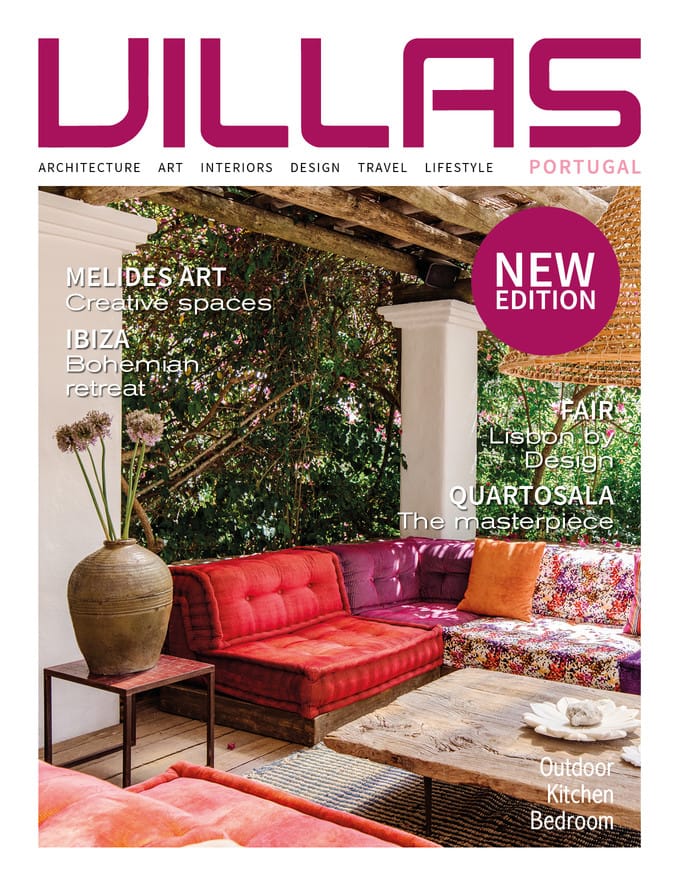Sommaire

Under his impetus, luxury seaside tourism thrived there at the end of the 19th century, the ‘Belle Epoque’. From 1925 onwards, architect Léon Stynen was inspired by the work of Le Corbusier to introduce a dash of modernity. His first project in Knokke, at the tender age of 23, is embodied in the memorial and statues of the four soldiers. Henri Van de Velde, for his part, fell in love with this region that features heavily in his paintings and drawings. He eschewed all architectural ornamentation from the 1920s onwards, designing ocean liner-style villas such as the semi-detached Noorddhinder-Westhinder villa in Knokke-le-Zoute. Leopold II created Belgium’s first golf course at Le Coq, a green suburb of Ostend, to draw the wealthy regular visitors to Ostend and Blankenberge. In Ostend, where he visited his mother, Queen Marie-Louise, l’Hôtel du Parc and the Wellington Hippodrome are throwbacks to the summer resort heyday, its hotels and casinos also harking back to the elegance of the Roaring Twenties.
The Grand
Nieuport-Bains
Nieuwpoort-Bad
Inaugurated in 1929, the original building was designed by Apollon Lagache, a Brussels architect who was also behind the town’s Petit Casino, which has today disappeared without trace. Intended to compete with the other seaside resorts on the coast, ‘Le Grand Hôtel’, in an eclectic Beaux-Arts style with Art Deco touches, takes the lead from other typical spa towns reserved for a certain elite. The corner building, with its towers, terraces and large windows, boasts breathtaking view of the sea. After the Second World War, the building was severely damaged and converted into a holiday centre. It retained its impressive staircase and entrance hall, while the bedrooms were refurbished and new bathrooms and kitchens created. The work undertaken did not prevent the building from falling into disrepair and failing to live up to modern standards. Listed as a historic monument in 1981 and protected from demolition, the building became unusable. It was definitively closed in 2018 on technical and safety grounds. But the story doesn’t end there…
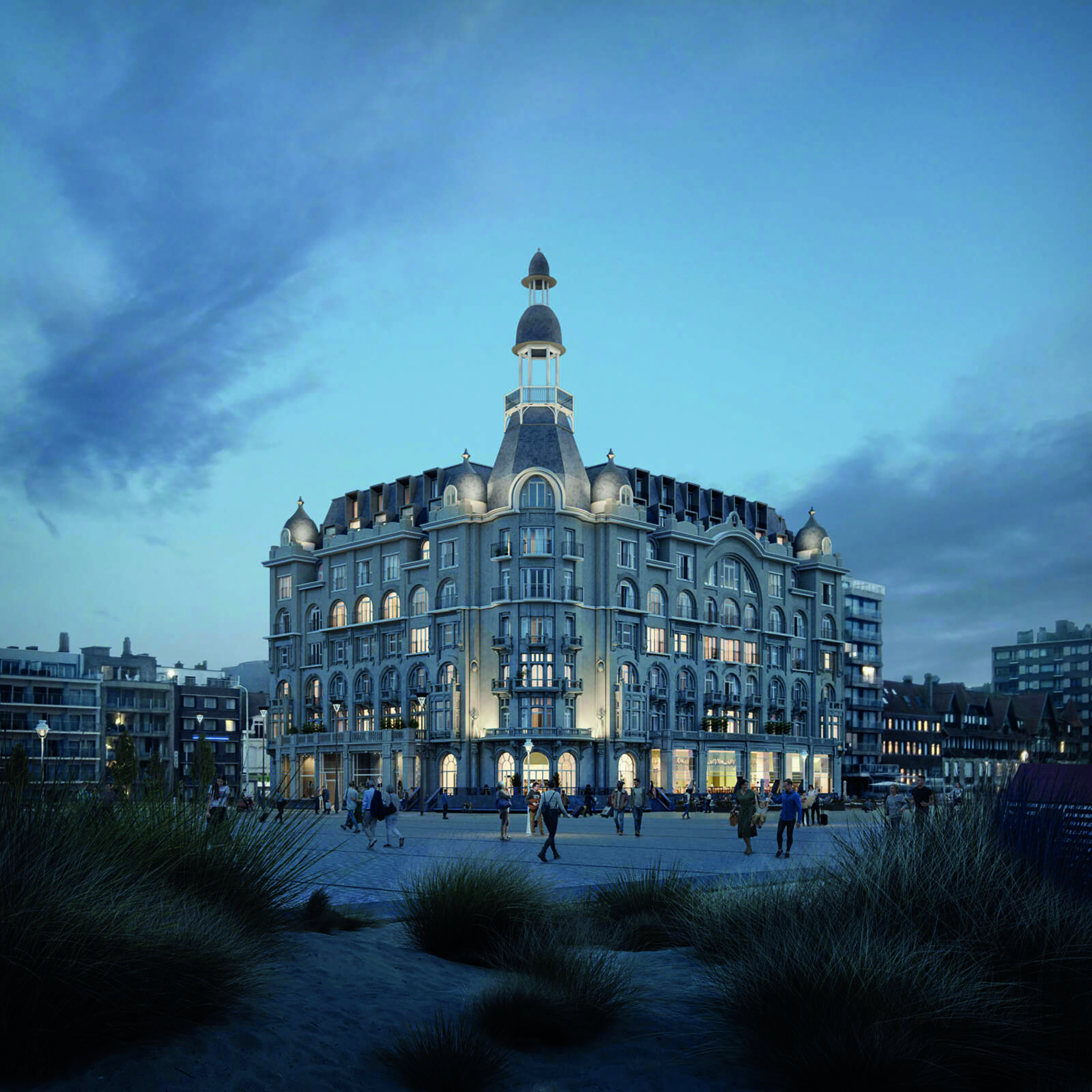
In today’s ‘new Knokke’, the current metamorphosis of The Grand is taking place in conjunction with the creation of a new square in the vicinity of the greened protective dike. David Chipperfield, winner of the Nobel Prize for Architecture in 2023, and Origin architecture studio have been commissioned to restore and convert the building. Behind the three reconstructed facades with their original sculptures, the plan is to create 70 contemporary flats, designed by architect Arjaan De Feyter. The original colours of the walls, ceilings and staircases in the entrance hall are being given a new lease of life while, on the outside, the tower, cupola, canopy over the entrance, loggia and corner terrace are being restored to their former glory. The ground floor, with its brasserie and bar open to the public, will prompt a dialogue between new and old architecture. Three large retail areas are planned on the Avenue Albert 1er side. The installation of geothermal heat pumps will also allow the project to live up to its sustainable energy management credentials.
(thegrand.be).
The seafront project and the rebirth of the White Residence in 2026.
Grand Casino
Knokke-Heist
Built on the initiative of property developer Jozef Nellens in six months, the casino was inaugurated in July 1930. It played host to some of the era’s biggest stars, including Ray Ventura, Joséphine Baker and Edith Piaf. After the Second World War, its restoration was entrusted to its architect and designer Léon Stynen. In 1952, its majestic chandelier, still in place today, made its big début. The following year, René Magritte created a 360° circular fresco comprised of eight surrealist murals entitled ‘Le Royaume enchanté’ (The Enchanted Kingdom) expressing the artist’s vision of the world. Commissioned by director Gustave Nellens, Jozef’s son and successor, it is 70m long and 7m high. The biggest renovation yet of Knokke’s Casino-Kursaal is due to start next year. Entrusted to Barcelona-based architects Barozzi Veiga and Tab Architects of Ghent, it respects the spirit of the creator, harmonising the incoherent architecture and modernising the obsolete infrastructure. You still have a few months left to discover this icon before it is transformed into a monument that will stand the test of time. This new hybrid venue and flagship, combining the functions of club, restaurant, gambling house and art gallery, will open its doors in 2032.
(grandcasinoknokke.be).
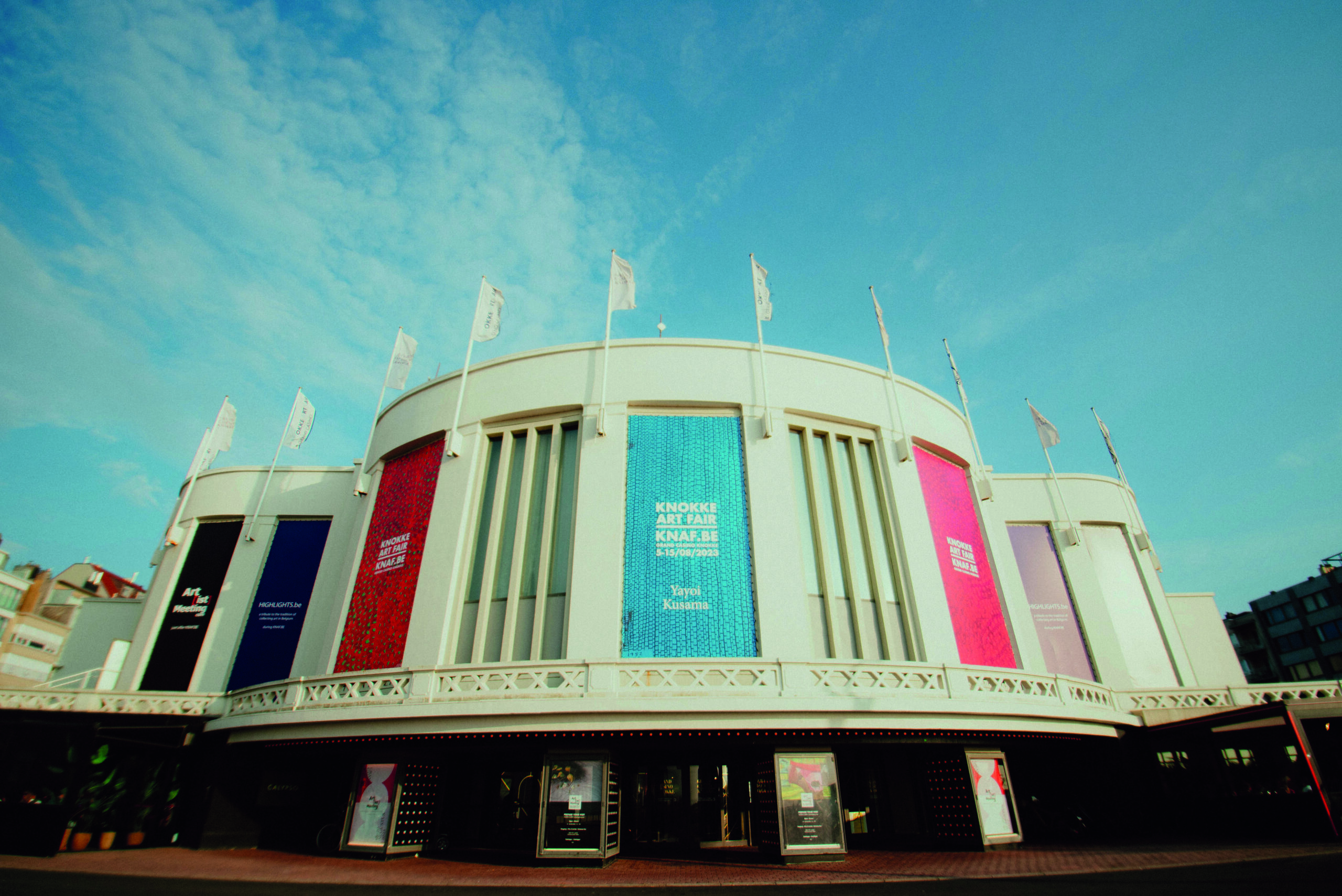
Hôtel Astoria
Le Coq
De Haan
This seaside resort, with its picturesque 1902 railway station, is dominated by Anglo-Norman style cottages and villas. La Concession, a neighbourhood that has been given protected area status, is home to this 4-star hotel. Built between 1927 and 1928 on a wooden frame in the ‘interbellum’ (interwar) style by Blankenberge architect Léon Ide and contractor Pieter Beirens, it has lost none of its charm. Before owners Colin Dearman and Klaas Van Laeren bought the establishment in 2019, the building belonged to a private insurance company, which reserved it for the use of its members. Its restoration by Project Vijf and mINT Architectuur, which begun in 2021, entailed overhauling its 65 rooms, 10 bathrooms, circulation areas, bar and lobby. When the four-and-a-half-month project began, the 1970s/80s-style interior had already been stripped of its original decoration. Orchestrated by Danny Hoorelbeke, with Marianne Scheyving brought in for the interior design aspects, the project started off as a blank page. The few remarkable elements of the period that have been preserved, such as the stained-glass windows, served as inspiration for the coloured polycarbonate (Zumi) lights in the lobby. Imitation marble porcelain stoneware and panelling (Orac) reintroduce textures and finishes reminiscent of the noble materials of the period (hotelastoria.be).
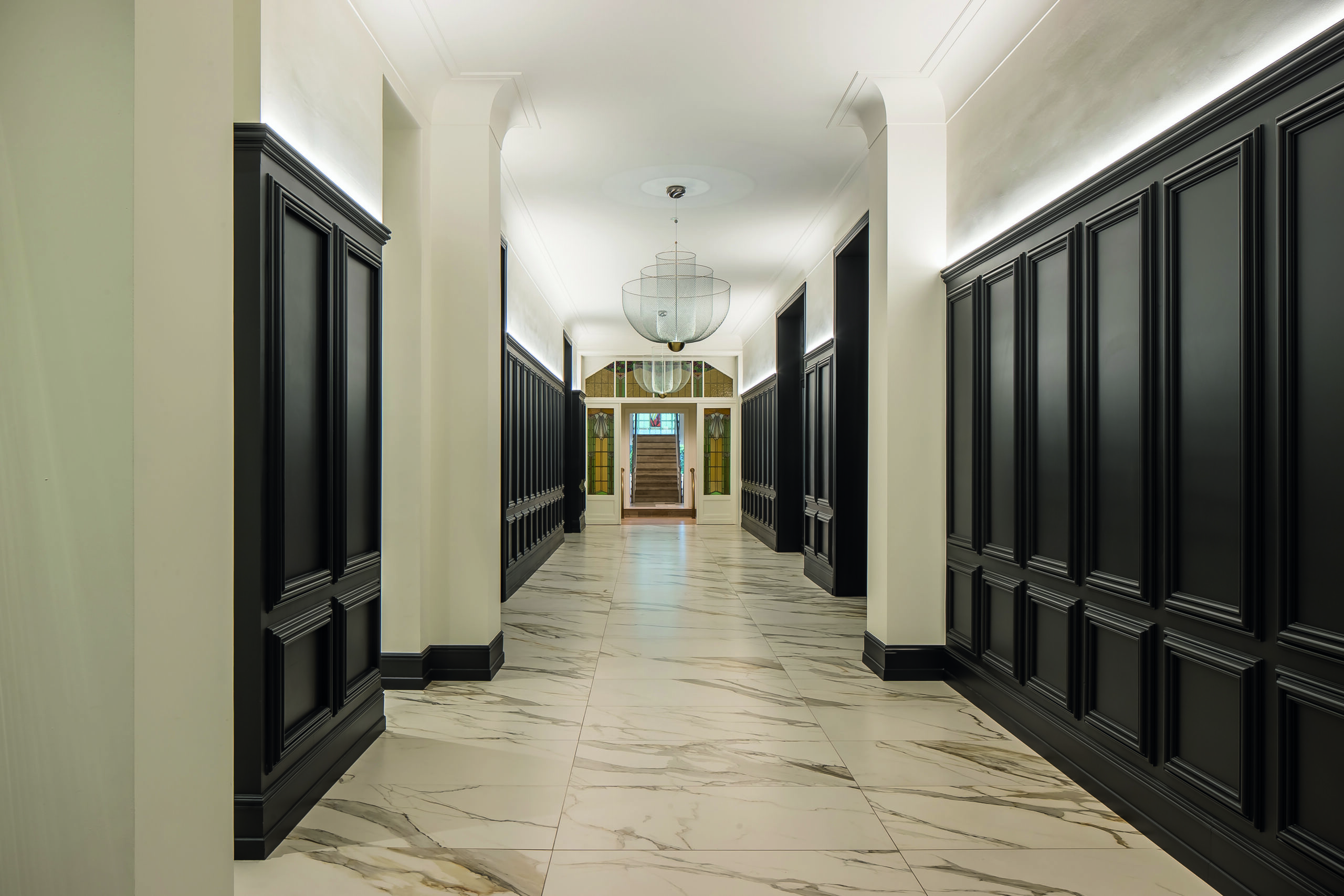
Vertical and symmetrical effects, reinforced by two polygonal corner towers.
Casino
Blankenberge
Built in 1932 by architects Léon Stynen and Van Sluys & Speybrouck on the site of the original 1886 casino, the symmetrical building, renovated in the 1990s, boasts large windows and curvaceous Beaux-Arts-style lines. On the inside, the Saverys room evokes the naval battle of L’Ecluse. Since 2000, three monumental sculptures of babies by Czech artist David Cerny have adorned the façade. One is depicted climbing the façade while the other two look out to sea (casinoblankenberge.be).
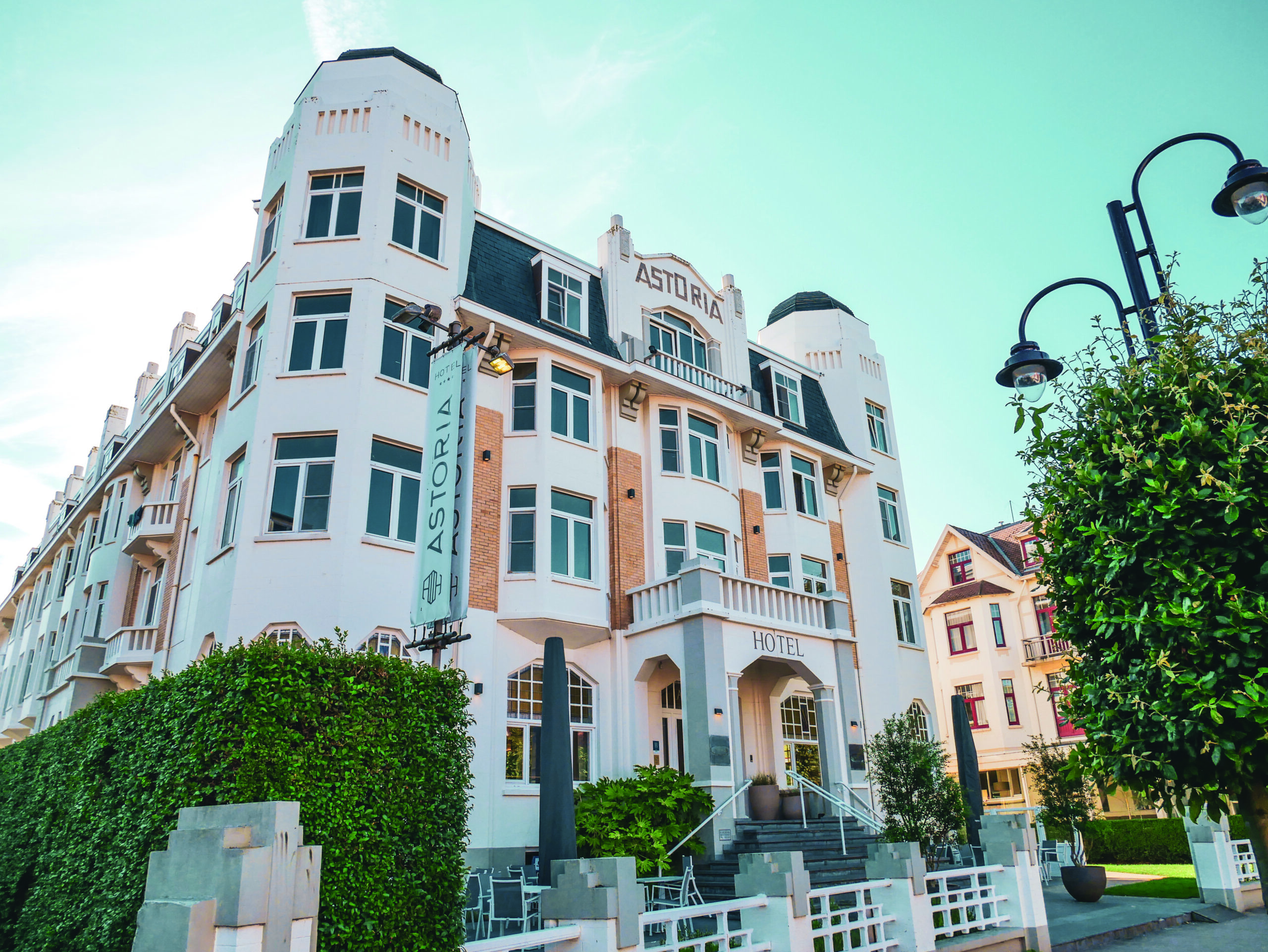
La maison des Dunes
Koksijde – Coxyde
Built at the end of the 1930s by the modernist architect Houbaert, this former holiday centre and sanatorium that today houses a nature education centre, situated at the top of the Schipgat dunes, with a view over the sea, regularly organises exhibitions on ecological themes. In September, its innovative new outdoor staircase will transform the terrace into a breathtaking panorama of the wild environment. Made from concrete and wood, sustainable materials, it integrates the entrance gate and the fence. The architects behind this project, Voorspoels Daem and Kim Poorters, selected as part of the WinWorm competition, designed the structure to allow access to the building’s roof even when it is closed to the public (duinenhuiskoksijde.be).
